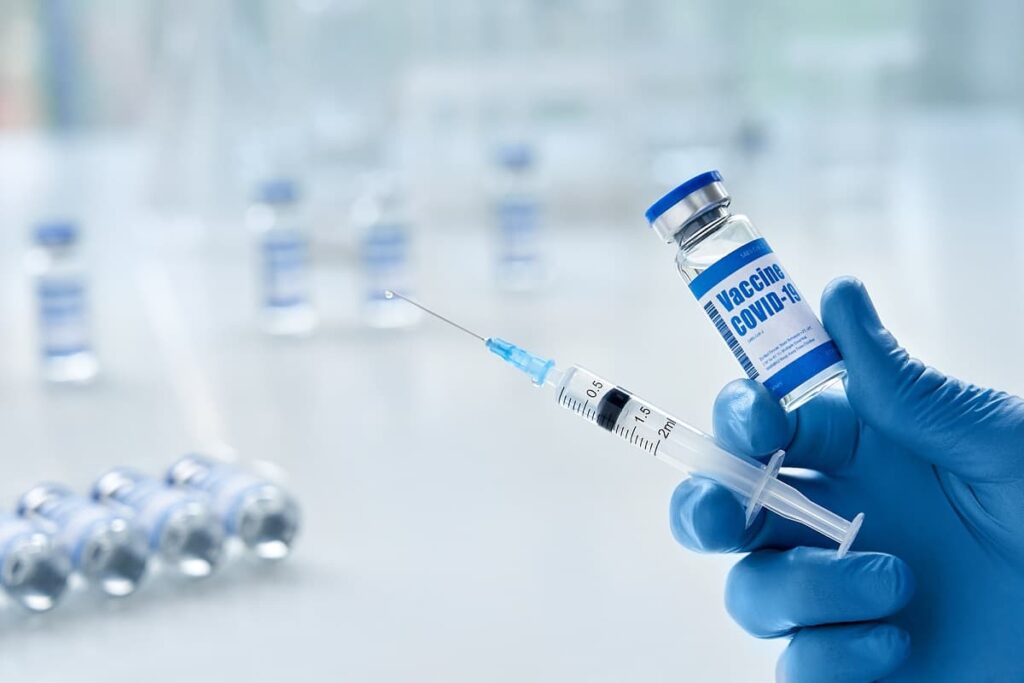Cellect Biotechnology Stock: Surviving, Not Thriving
Table of contents

Fear of missing out, FOMO, is the bane of every newbie investor who sees rapid short-term price appreciation as a good thing. When a stock doubles in a single trading session, that’s the type of volatility risk-averse investors try to avoid. It’s precisely why we don’t invest in drug developers – life sciences companies with zero revenues, a pipeline, and a prayer – that often react to new information with extreme volatility.
Several readers have recently inquired about a regenerative medicine company called Cellect Biotechnology (APOP) which is on everyone’s radar because of a recent share price surge. In last Friday’s trading session, Cellect Biotechnology shares jumped about +54% on high volume, giving the company a present-day market cap of around $26 million. We typically don’t cover companies with a market cap of less than $100 million, and we only invest in companies with a market cap greater than $1 billion. But we’ll make an exception for Cellect Biotechnology because there’s such a strong amount of interest from retail investors.
Cellect Biotechnology Stock – APOP
Cellect Biotechnology stock first began trading on the Nasdaq back in the Summer of 2016 with the promise of “a breakthrough technology, for the selection of stem cells from any given tissue, that aims to improve a variety of stem cell-based therapies.” It’s a form of regenerative medicine that the company calls ApoGraft, and for whatever reason they’re planning to sell it to another company (more on this in a bit).
Anyone who bought shares of Cellect Biotechnology during their IPO would have lost nearly -70% of their investment so far compared to a +192% gain of the Nasdaq over the same time frame. These same shareholders would have been awfully excited in February of 2017 when Cellect Biotechnology announced First Cancer Patient Treated In Phase I/II Trial of ApoGraft and the stock price soared. Over the next several months, APOP stock surged higher and higher, temporarily eclipsing $50 a share. A few years later, things weren’t looking so good.
Whenever a company talks about “exploring strategic alternatives to maximize shareholder value,” it’s not a good sign, but that’s exactly what Cellect Biotechnology announced in May 2019. Factoring into their decision to explore a strategic alternative was a delay in filing their Investigational New Drug (IND) application for ApoGraft in the United States, combined with an “erosion in the company’s stock price” which severely limits the company’s financing options. That’s great they chose not to dilute the heck out of existing shareholders, but not so great they don’t have the money needed to run the business properly.
Cellect’s plan was to continue advancing its ongoing clinical trial in Israel and work towards the filing of an IND for its planned clinical trial in the United States. The former doesn’t seem to have panned out, and the trial currently sits with a status of “recruiting” and a planned completion date of July 2020 which seems to have come and gone.

Turns out that the clinical trial above – NCT02828878 – and the clinical trial being worked on in the States – NCT04006652 – are both a whole lot less relevant when we learn about the strategic alternative Cellect Biotechnology settled on after exploring a wide variety of alternatives.
Over the last 20 months, the Board was presented with a few alternative candidates for a transaction, including pharma, hi-tech and cannabis companies
Credit: Cellect Biotechnology
Quoin Pharmaceuticals – A Strategic Alternative
A recently filed F-4 document describes the corporate events to take place which are puzzling. Cellect Biotechnology plans to merge with a company called Quoin Pharmaceuticals. (You can read more about them on their one-page website here) Several years ago, Quoin was planning to merge with an over-the-counter stock called Skinvisible (SKVI), an over-the-counter (OTC) stock which shows every sign of being a pump-and-dump. Just look at the telltale stock chart and current bag-holder market cap of (checks notes) around $635,577.

That’s not even the strange part. What’s more puzzling is why the transaction involves selling the entire share capital of Cellect Biotechnology (which will retain all of its existing assets) to a newly formed company called EnCellX. Then, there’s this caveat:
In addition, the Share Transfer Agreement further provides for a bonus payment upon incorporation of EnCellX from the Company to Dr. Shai Yarkoni for his contribution to the contemplated transaction and to the continued success of EnCellX in an amount equal to the consideration that he would have received had he been issued 40% of EnCellX share capital on a fully diluted basis.
Who comes up with this stuff? It goes on to say:
Any dividend payments on account of such shares, or consideration received upon their sale, shall be paid by the Company solely to Dr. Yarkoni and not to any other shareholder of the Company. In order to secure such right, shares constituting 40% of EnCellX share capital shall be held in escrow by Altshuler Shaham Trusts Ltd.
We haven’t passed the bar exam, but it sounds like the CEO just gave himself 40% of the company as a reward for selling said company to a newly formed entity called EnCellX. Existing shareholders can expect to be rewarded through “the right to receive a portion of the proceeds derived from the commercialization of products under the ApoGraft technology platform.” It might be the most convoluted corporate transaction we’ve ever come across, and it screams stay the heck away.
Should You Buy Cellect Biotechnology Stock?
Plenty of companies out there are fighting to survive, and many of them manage to for a great deal of time while shareholders hope and pray they don’t end up holding the bag. Cellect Biotechnology is the perfect example of why we have a $1 billion market cap threshold and why we don’t invest pre-revenue. This company is not thriving, they’re surviving, and admitted the need to seek strategic alternatives several years back. What they’ve settled on – a convoluted merger of sorts – is confusing at best.
To those who might hope and pray that the company gets acquired, that probably would have happened back when their market cap fell below the $6.5 million mark. As they come up with increasingly creative ways to raise capital, less focus is placed on what matters – developing their regenerative medicine platform. You know, the one they just sold to EnCellX Inc.
Some investors may read a bullish analyst report on Cellect Biotechnology (soon to be Quoin Pharmaceuticals) and point out we didn’t mention these glowing reports with extravagant price targets. Such reports were likely written by firms like Rodman & Renshaw who Cellect appears to be affiliated with, or at least covered by, for several years.

They’re the same firm we came across before that was peddling Chinese junk stocks to U.S. investors. Anyone proposing “price targets” for a volatile biopharma stock usually has ulterior motives. We can all see how well that worked out for retail investors.
Conclusion
After completion of the “merger,” Cellect will be renamed Quoin Pharmaceuticals and trade on Nasdaq under the symbol QNRX. We’ll assume that will be accompanied by some compelling story, and that plenty of investors will be attracted to “what could be.” Novice investors often fall for a story, and they never sleep well at night afterwards. This extremely volatile and convoluted stock is best avoided in favor of companies with growing revenues and lots of blue ocean total addressable market (TAM). There’s plenty to choose from, so why waste your time mucking about with Cellect Biotechnology Quoin Pharmaceuticals stock?
Sign up to our newsletter to get more of our great research delivered straight to your inbox!
Nanalyze Weekly includes useful insights written by our team of underpaid MBAs, research on new disruptive technology stocks flying under the radar, and summaries of our recent research. Always 100% free.














